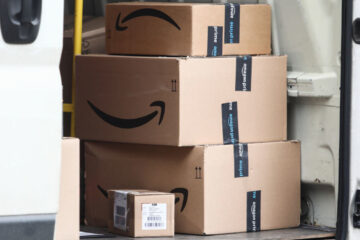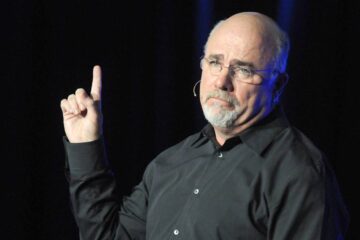We live in a world where when we need a ride somewhere, not only can we summon one from our phones, but the car that shows up may not even have a human being behind the wheel.
That’s known as autonomous driving, which, by now, you’ve likely heard Tesla CEO Elon Musk talk about extensively. (His cars are not so great at it just yet, but he promises they’ll make their big debut this summer.)
💰💸 Don’t miss the move: SIGN UP for TheStreet’s FREE Daily newsletter 💰💸
Alphabet-owned Waymo, on the other hand, has been shuttling people around driverless since 2017. This writer has taken one of those rides, and while it’s eerie to watch the car make decisions in real time, I must admit I got to my destination safely and other than feeling a tad nervous, everything went pretty smoothly.
Related: Google’s Waymo is planning a move that’s downright creepy
Nerves aside, it is appealing to imagine how autonomous driving could make our lives easier. For instance, imagine a 45-minute commute where you could focus on work tasks or even enjoy your breakfast while the car makes the stressful decisions of traffic navigation for you.
But there’s something downright creepy about a future where we don’t drive cars at all anymore. And new remarks from Uber’s (UBER) CEO make it clear that it’s a true possibility humanity will have to consider.
Uber CEO Dara Khosrowshahi recently shared a bold take on the future of autonomous vehicles during the Semafor World Economy Summit in Washington, D.C.
Image source: Burkardt/SXSW Conference & Festivals via Getty Images
Uber CEO has a bold vision for the future of vehicles
In a session at the Semafor World Economy Summit in Washington, D.C., Uber CEO Dara Khosrowshahi spoke during a panel called “AI and the Next Tech Revolution” that envisions a very different future for consumer vehicles.
“If you fast-forward 15, 20 years, I think eventually the cars are going to be autonomous…,” Khosrowshahi said. “There’s very strong evidence to believe that robot drivers are going to be safer than human drivers. They’re not going to get distracted.… This software is learning, is getting retrained every single day based on the world as it is, so they will be safer.”
Related: Uber faces lawsuit over pricing, subscription service
Khosrowshahi also said while this is a future he can envision, a lot needs to happen between now and then to make it a reality.
“There’s a lot more to autonomous that needs to happen…at scale,” Khosrowshahi said, pointing out that the technology is currently very expensive and that costs need to come down in order for providers of the service to make a profit.
“Right now, these cars cost hundreds of thousands of dollars,” he said. “You’ve got to bring them down to tens of thousands of dollars…this is incredibly expensive technology and incredibly expensive vehicles that you’ve got to make profitable over a period of time.”
Another point Khosrowshahi mentioned is that the autonomous vehicle sector also needs a consistent regulatory environment on a national basis, ground operations, depots for cleaning and maintenance, and recharging stations for a fully driverless future to become a reality.
Competing with Tesla, Alphabet
When the topic of competition with other players in the space came up in conversation, Khosrowshahi dismissed it as unimportant.
“I don’t think that there will be a winner-take-all,” Khosrowshahi said. “The drama is winner-take-all, but I think that the transportation industry is a trillion-plus dollar industry. You could argue that rideshare is going to finally beat personal car ownership in a world where you’ve got robots driving all over the place.”
Khosrowshahi predicted that the next cities to see more widespread autonomous driving services will be some of the biggest states.
“Right now, I’d say California and Texas are the most open markets,” he said.
Related: Driverless taxi company and Uber share huge expansion plans


